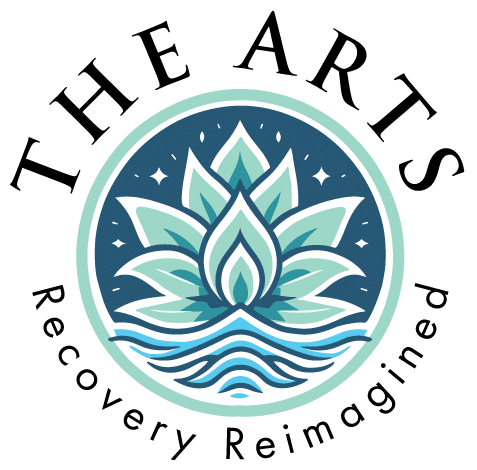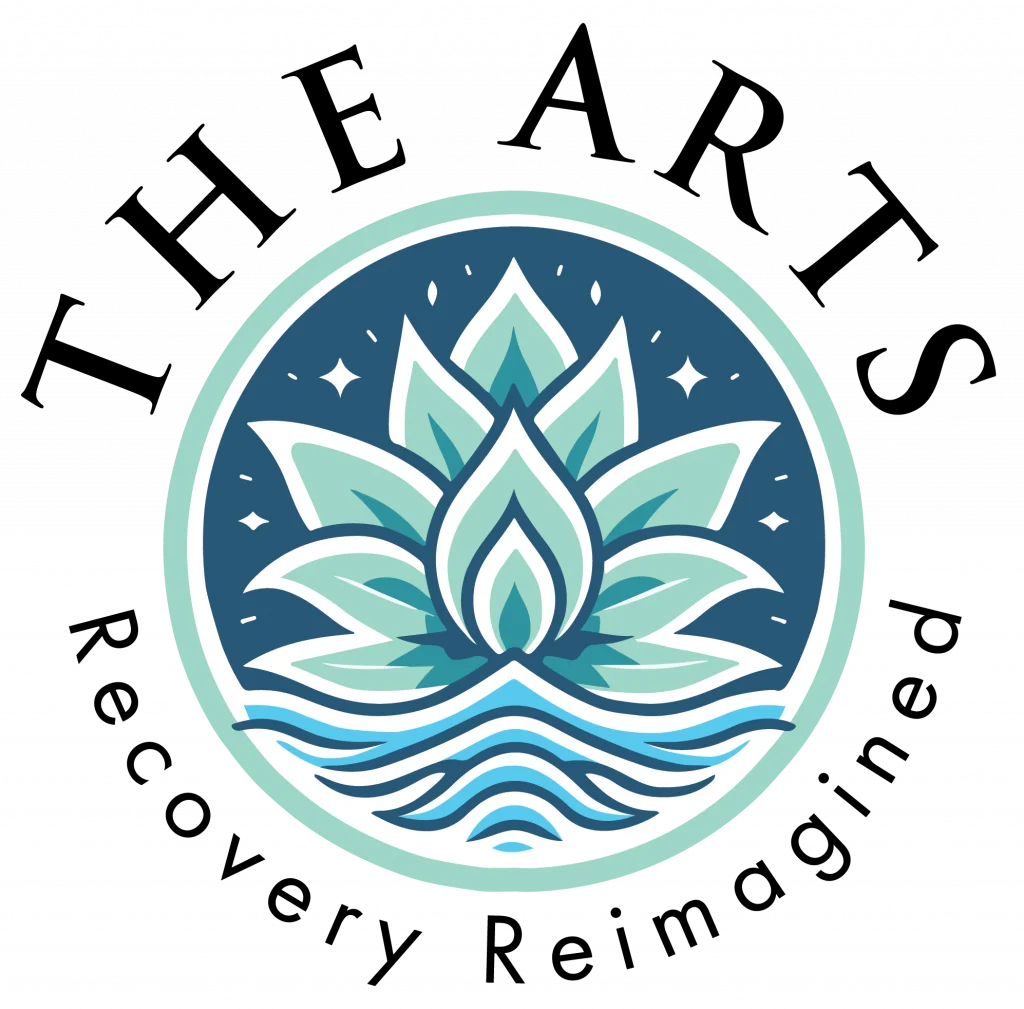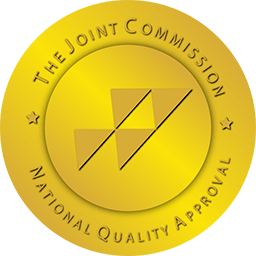“Active addiction” is not officially recognized as a clinical term but is commonly used when discussing substance use. The National Institute on Drug Abuse defines addiction as “a chronic disease characterized by drug seeking and use that is compulsive, or difficult to control, despite harmful consequences.” Active addiction can be defined in much the same way but with a few key differences. This blog article will help explain some of the differences between active addiction and addiction and why it is important to understand and recognize the difference.
Three Ways Active Addiction is Different from Addiction
There are a few ways in which active addiction differs from addiction in a broader sense. One way has to do with a person’s current state instead of their overall diagnosis. Active addiction means that a person is currently using or seeking to use a substance. They may be doing this openly or secretively.
Alternatively, some people might have an inactive addiction. People with an inactive addiction are likely to have recognized that they have a problem and may be seeking treatment or are in full recovery. While they might still have cravings and an addiction to a substance, they are not currently using that substance.
Another way active addiction is different from addiction is the focus of treatment. Someone with an active addiction is more likely to need stabilization and detox to help them manage their withdrawal symptoms. Once stabilized, they can transition to other treatment options, such as partial hospitalization (PHP), intensive outpatient (IOP), outpatient (OP), or sober living. Treatment at these stages of addiction focuses on addressing underlying issues such as mental health disorders.
Finally, active addiction and addiction are likely to have different consequences. A person with an active addiction may experience acute consequences, such as the loss of a job due to intoxication, or legal issues resulting from choices like driving under the influence. A person with addiction but in recovery is not likely to experience the same consequences.

What Does Active Addiction Look Like?
While not always noticeable, active addiction does leave clues in the form of signs and symptoms. They will typically appear in behavioral, physical, or social changes. Here are a few examples of each.
Examples of behavioral changes during active addiction include:
- Poor or inconsistent attendance at work or school
- Getting into trouble more frequently
- Lack of motivation
- Anxiety, paranoia, or fear for no apparent reason
Examples of physical changes during active addiction include:
- Sudden change in weight (loss or gain)
- Eyes appearing bloodshot or with abnormally sized pupils
- Slurred speech or tremors
- Frequent illness
Examples of social changes during active addiction include:
- Change in social group and friends
- Sudden, unexplained need for money
- Legal problems
- Strained relationships
Recognizing Active Addiction for Early Intervention
The SBIRT program quickly screens and assesses the extent of substance use, offers brief intervention, and then refers a person to appropriate treatment. It has been very successful; the 2021 to 2023 results of the SBIRT program revealed the percentage of clients who reported they had not used alcohol or illegal drugs within the past 30 days increased by 128.8% between the initial screening and the six-month follow-up.
Programs such as the SBIRT Program are huge for addiction treatment, and recognizing when a person has an active addiction is the critical first step to achieving better outcomes and lasting recovery.
The ARTS IOP Can Help with Addiction
The Addiction Recovery and Treatment Services Intensive Outpatient Program (ARTS IOP) offers treatment options for substance use disorders and mental health. We believe that every person is unique, as is their journey to recovery. If you have been considering addiction treatment for yourself or your loved one, we hope you will contact us today. Recovery is possible, and we can help.
